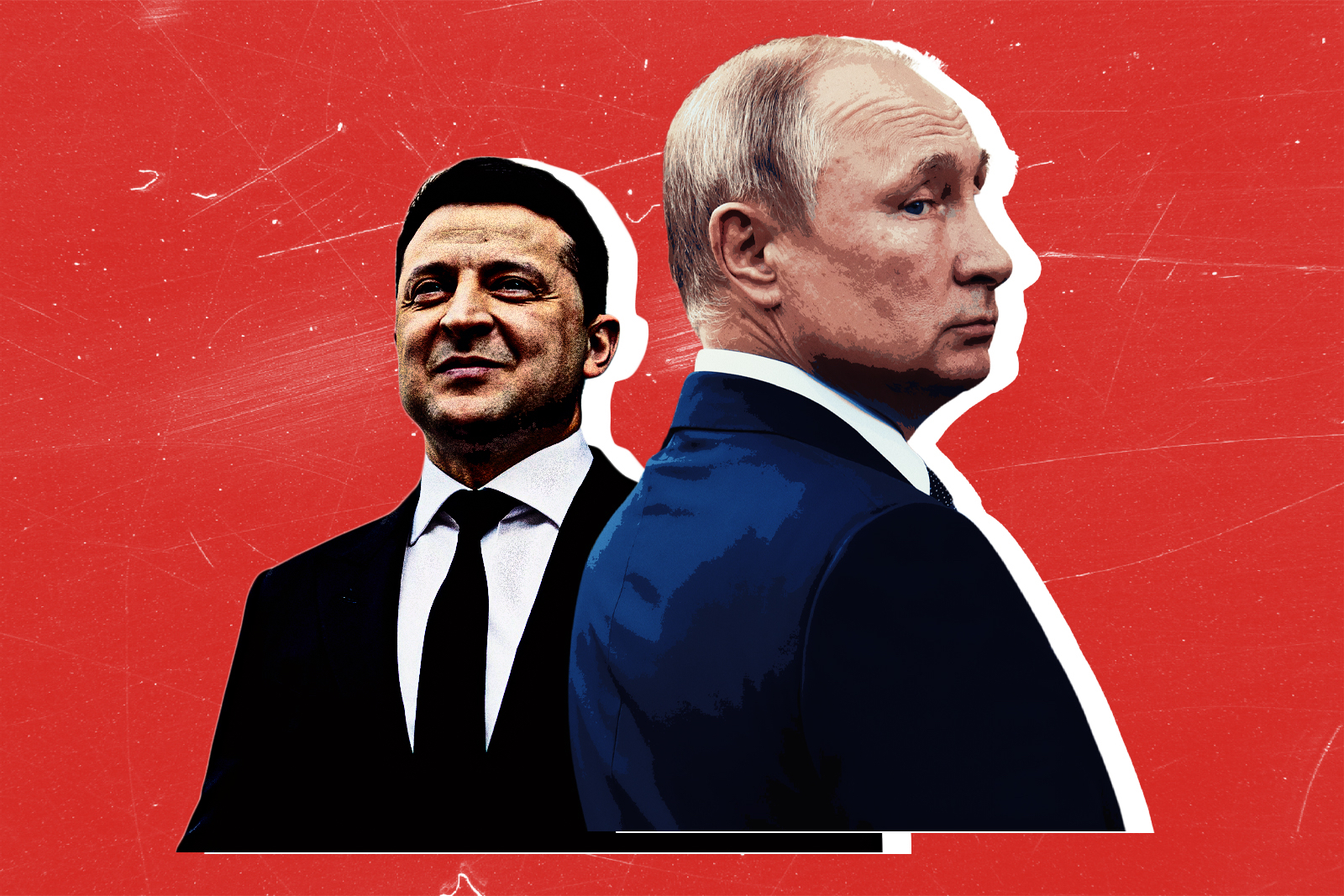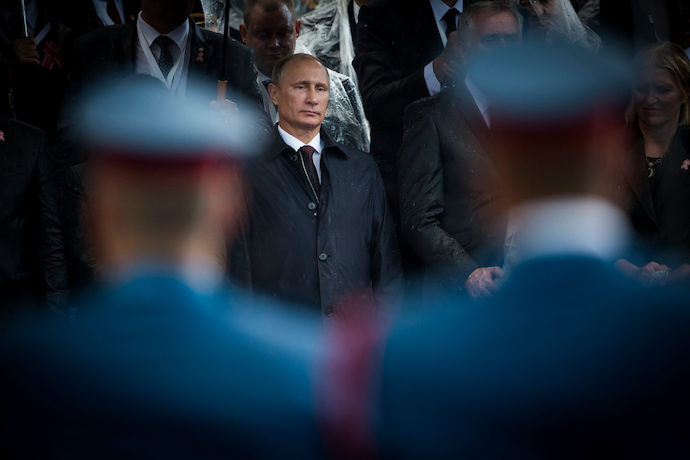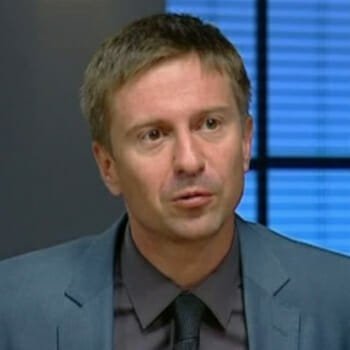
Russian Air-Terror Over Ukraine Fails Before it Begins
At the beginning of April, residents of Kyiv were filling bags with sand to build a protective shield for the monument of Taras Shevchenko, a national poet of Ukraine, a sort of Victor Hugo for the French, Lord Byron for the English, or Walt Whitman for the Americans, who foresaw back in the mid-19th century a bloody war with the Russian Empire. The monument stands right in the city center, looking at the state university, amidst a beautiful old park.
At that moment, people were just returning to the capital as Russian troops were withdrawing from the Kyiv region. This freed hands to protect Ukrainian cultural heritage sites because in the turmoil of the first days of the war no one really thought about monuments in Kyiv – people tried to save their lives, hastily taking with them only their most needed belongings. The monument to Taras Shevchenko was covered with sandbags up to its tip despite some blurry voices that it was already too late given the Russian threat had gone elsewhere.

At the beginning of October, it appears that the precautions back in April were not in vain – the Kyiv city center was ruthlessly attacked by 9 Russian missiles. One of them hit the crossroads near the Taras Shevchenko National University killing 8 and wounding 50 civilians. It was around 8 am – people were driving and walking to their daily jobs, including Oksana Leontieva, a doctor at the Ohmadyt Children’s Hospital, and mother of a 5-year-old boy. The boy’s father also died this year.
The missile attacks not only targeted Kyiv, but different cities in 14 regions all over the country, trying to both terrify a peaceful population and destroy critical energy infrastructure. Just one missile hit a military target.
In several waves, the Russians launched all together 84 missiles from the ground, air, and sea– half of which were downed by Ukrainian air defenses. The Russians used strategic aviation in the Caspian region and missile cruisers in the Black Sea. On top of this, a few dozen Iranian-supplied kamikaze drones, nicknamed ‘scooters’ by Ukrainians for their low speed and noisy propelling, hit civilian sites. Often it is impossible to say what the Russians were targeting as it might be a playground in a park, a road, or – the worst case – a residential building.
Oksana Leontieva, a doctor in children’s bone marrow transplant department, took her 5 year old son to kindergarten yesterday and was driving to work when Russian rockets hit.
Her son is now an orphan – his dad died six months ago, his mom yesterday.
My deepest sympathy. pic.twitter.com/z9xGyTrTLO
— Anton Gerashchenko (@Gerashchenko_en) October 11, 2022
The only logical answer to this may be terror as the means to make Ukrainians concede to Russian territorial and political pretensions. Terror as political repression and unchained violence. Terror as pursued by the most villain terrorists.
It is interesting how history can create parallels we can build upon and learn from. Starting in 1940, Nazi Germany bombed London for nearly a year. Their ultimate strategy was unclear to their own command and finally, bombing turned to air terror to exert political pressure on a massively suffering population. This method condemned the offensive over Britain to failure before it began because it did not break people’s morale but made them resolute to fight back and win their freedom.
Some monuments are witnesses of horrific deeds. Or diplomatic representations are, like the German consulate in downtown Kyiv, damaged by a Russian missile explosion. It is possible to rebuild and restore them. But the life of Oksana Leontieva cannot be restored. The same as the broken childhood of her son.
This is the exact reason why Russian terrorism must be stopped by the entire civilized world. On its end, Ukraine demonstrates an exemplary morale and social cohesion. And this is the exact reason why this battle will be won as the Battle of Britain once was.
